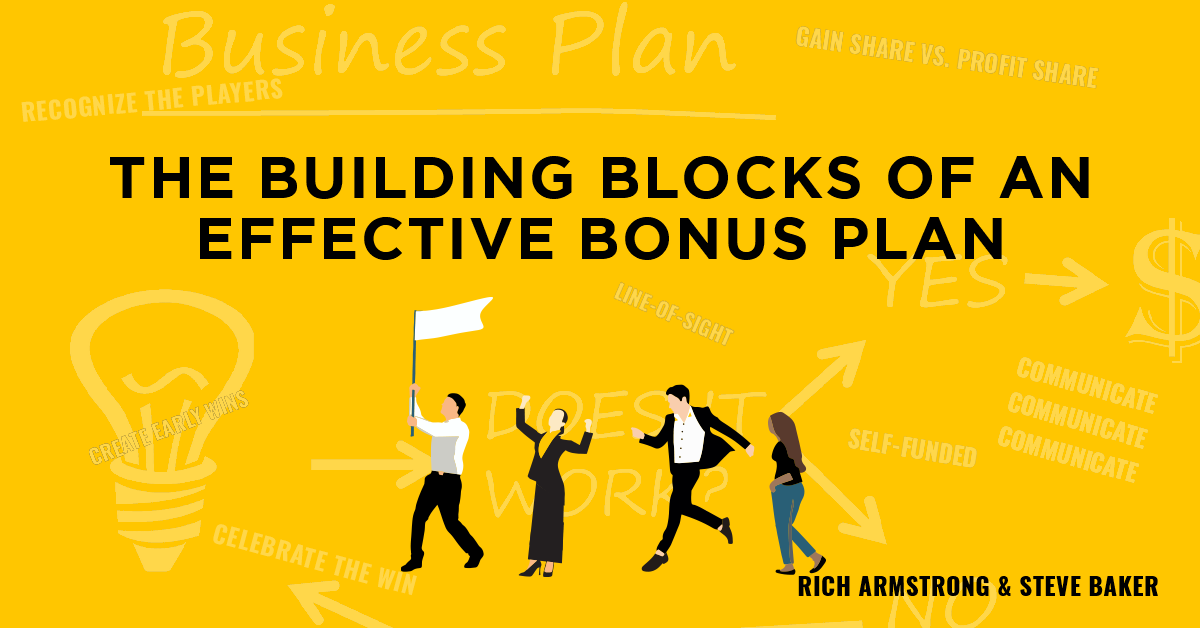Employee engagement can bring a true competitive advantage to organizations that make it a priority; however, increasing employee engagement levels, and maintaining them, takes time, commitment, and investment. Having said that, developing a game strategy to do so doesn’t have to be overwhelming – and can actually be fun!
Employees are engaged when they feel valued, when their efforts are recognized, and when they are encouraged to thrive. But employee engagement shouldn’t be all about employee satisfaction. It should also be linked to high performance. Ultimately, the goal is to establish a team of engaged employees who drive results for your organization.
How do you do that? At Catalyst, we believe transparency is key. We’ve found that in sharing our financials, team members truly take more ownership in understanding how their performance is directly linked to making or breaking organizational goals.
In approaching the Great Game for Catalyst, we wanted to first create awareness around the goals that had been set, outline a gap, and brainstorm ways in which we could close the gap to positively impact our number one priority – adjusted contribution margin. Our team held several brainstorms on the approach – from new marketing strategies to drive awareness and potential leads - to how to outline new efficiencies in our agency processes. It was amazing to see the team rally around closing the gap, not only by focusing on new sales, but growing current client business.
We outlined several smaller games and were intentional behind celebrating successes along the way. This created a sense of accomplishment - and the drive to over-perform. The entire team wanted to not only meet the goals set forth, but to exceed them. A few of the games included simple prizes – team breakfasts during our huddle, gift cards for shining stars, happy hour toast celebrations, and culminated in a team lunch to celebrate making our annual goal. At the end of the day, you don’t have to have huge budgets or extravagant prizes to create engaging games. In our situation, simple transparency created a deeper trust and commitment from team members.
In summary, I’ve found the following to be helpful in developing and nurturing engagement:
- Have a clear communications strategy
- Promote business transparency
- Communicate future plans and desired outcomes
- Track and communicate progress and performance
- Listen to your employees
- Recognize individual efforts and team wins
It’s important to remember that implementing games to drive employee engagement also has a direct and positive impact on your bottom line. Team alignment and clear explanations of how meeting and exceeding goals benefit employees both personally and professionally – as well as the organization - is paramount to trust, engagement, and success.
.png)












.png)

